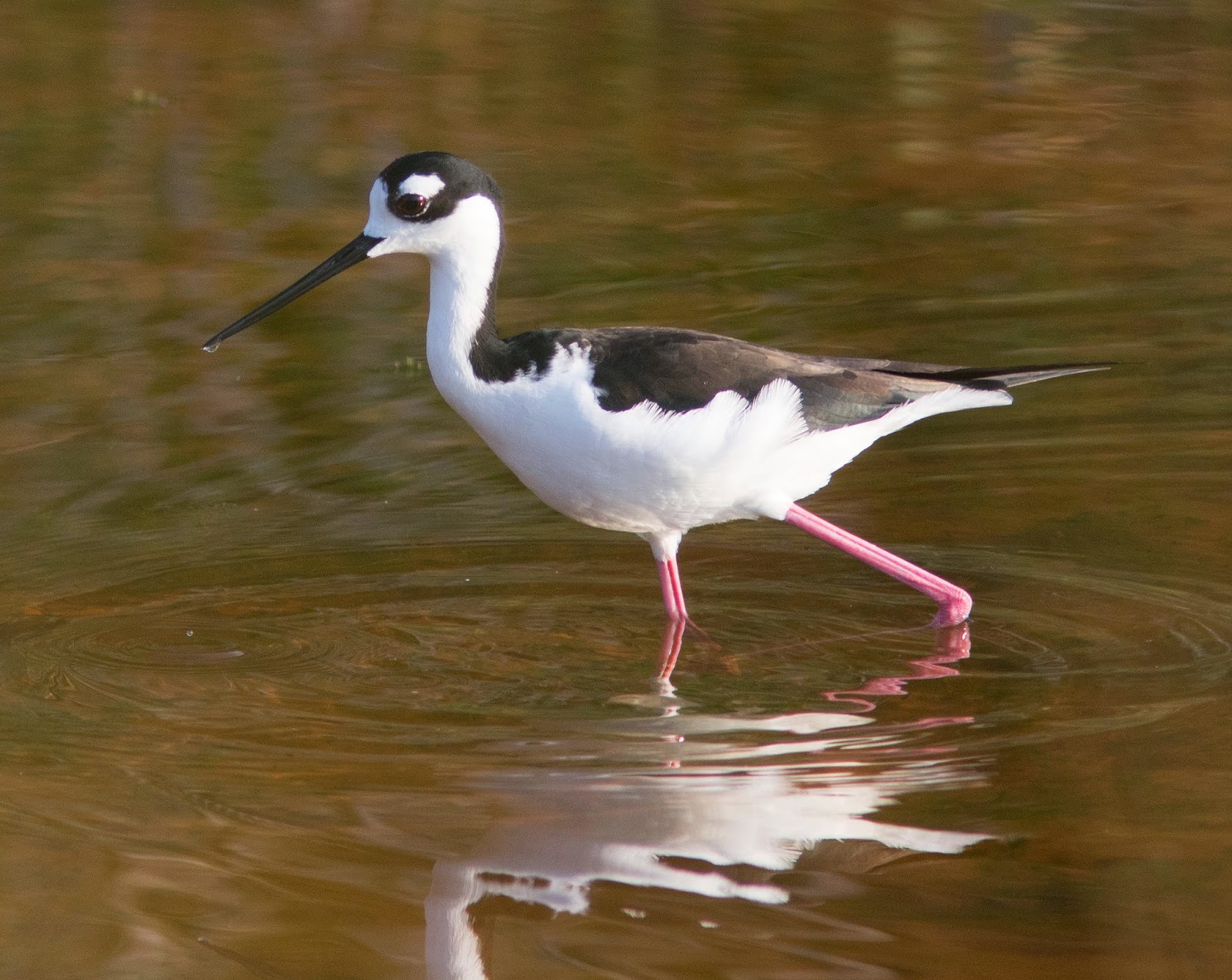Worm-eating Warbler
Kentucky Warbler
Hooded Warbler
Barn Swallow and Tree Swallow above.
Good migrants were coming into Sanibel Lighthouse Park Sanibel, FL and east end today. Worm-eating Warbler and the Kentucky Warbler were the highlights. The lighthouse also had Hooded, Prairie, N. Parula, Palm Warblers and Red-eyed Vireo, Blue-headed Vireo, Indigo Buntings, Northern Rough-winged, Barn, Tree Swallows, Summer Tanager (heard.) In the east end of Sanibel in a friend's yard we had Yellow-throated Vireo, Blue-headed Vireo, White-eyed Vireo, and Red-eyed Vireo, female Hooded Warbler, Summer Tanager, Eastern Kingbird. Challenging photography conditions in the dark light and birds were feeding and well into the foliage. Birds were still coming in ahead of the storms. (Canon SX 50 photos in Sports Mode).The strong SW 24 mph winds blowing now with thunderstorms will turn to strong NW winds tomorrow and may keep some of these migrants here, or ground new ones.









































